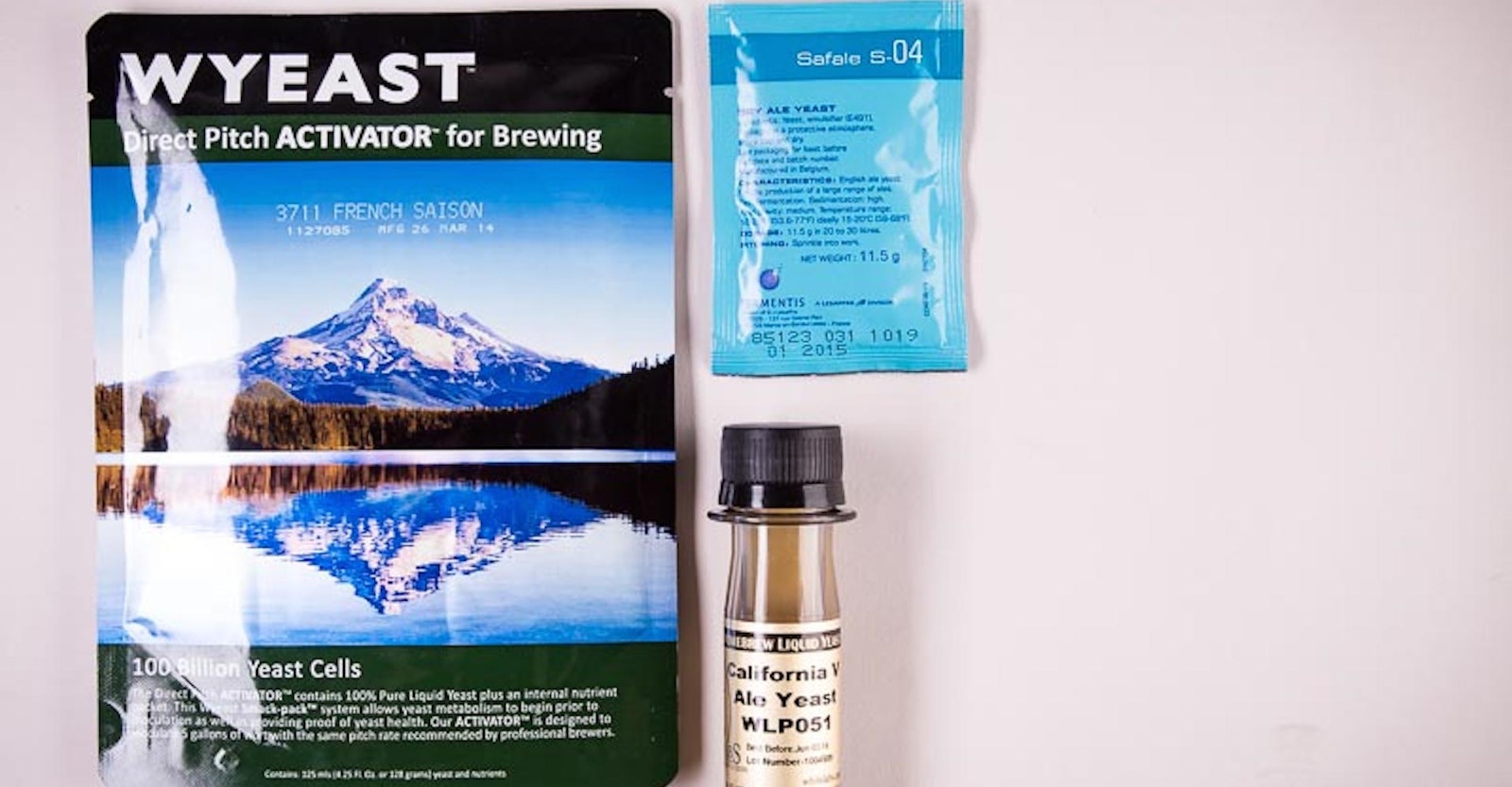Work with yeast (or microbiologists) for any appreciable length of time, and you’re bound to hear about the benefits of yeast nutrient. Added to a starter, nutrient helps promote healthy growth of the colony. Poured into mead, wine, or cider must, supplemental nutrients ensure that our single-celled fungal friends have enough goodies to complete fermentation and reduce that awful, rotten-egg sulfur smell. And a little nutrient goes a long way toward helping big beers reach terminal gravity.
But what exactly is yeast nutrient? Both Wyeast and White Labs make the stuff (Wyeast Nutrient Blend and Servomyces, respectively), but what’s going on in there? Well, every product is different, but here are some of the most common constituents of a good nutrient blend.
- Diammonium phosphate (DAP) is a water-soluble salt that is often included in plant fertilizer to increase the pH of soil. It also delivers valuable nitrogen and phosphate to yeast cells. Wort is generally rich in nitrogen, but a little supplementation can help high-gravity beers complete fermentation. Phosphates also help ensure smooth fermentation of worts that contain large portions of non-malt adjuncts.
- Amino acids are necessary for creating proteins and for reproduction. Yeasts can actually make most of their own amino acids, but there are a handful, termed essential amino acids, that cells must pull in from the wort they’re in. If wort happens not to have enough for one reason or another, a little boost of yeast nutrient can help keep your yeast cells happy.
- Vitamins and minerals of all kinds—biotin, pantothenic acid, calcium, magnesium, potassium, and many others—are necessary for the reactions that create the compounds yeasts need to do their job. They also serve as catalysts in many of the reactions that take place during fermentation, and some even aid in flocculation and cell wall preservation.
- Zinc, which falls under the mineral umbrella is one of the less common essential minerals found naturally in all-malt wort. Zinc plays a vital role in the production of ethanol, which we can all agree is pretty key to the whole beer thing.
- Yeast ghosts, or yeast hulls, are basically the water-insoluble skeletons of dead yeast cells, and they’re included in many nutrient formulations, as well as available on their own. Live yeast cells cannibalize these dead cells and feed off the nutrients they contain. Gross, eh?
In most standard gravity all-malt worts, you need not worry about yeast nutrient (except perhaps zinc), but it can’t hurt to throw in a pinch or two for good measure. I usually don’t bother with nutrient in the main wort unless I’m brewing high-gravity or high-adjunct beer, but I always add a little to my yeast starters.
You’ll still make great beer without nutrient. But if you find that your beers seem a little underdone, for lack of a better term, try a pinch or two of nutrient. It might just be the boost your yeast cells need.

